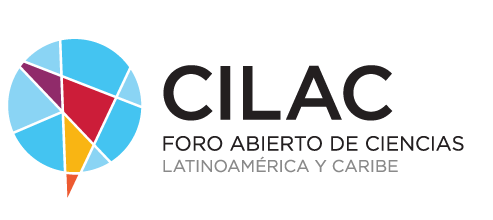
The fastest possible speed of sound has been found in a recent study published in Science Advances carried out by the universities of Camrbidge, Queen Mary of London and the Institute of High Pressure Physics, in Russia.
This limit is 36 km/h, approximately twice as fast as the speed of sound in diamond, the hardest known material in the world.
A limit like the speed of light
Sound waves can travel through different media and They move at different speeds depending on what they go through: They move through solids much faster than they would through liquids or gases. But until now it was not known whether sound waves also have an upper speed limit when traveling through solids or liquids, just as the speed of light does.
According to the study, the speed of sound depends on two dimensionless fundamental constants: the fine structure constant and the proton-electron mass ratio.
The scientists tested their theoretical prediction on a wide range of materials and addressed a specific prediction of their theory that the speed of sound should decrease with the mass of the atom. This prediction implies that sound is fastest in solid atomic hydrogen. The researchers performed state-of-the-art quantum mechanical calculations to test this prediction.
As explained Chris Pickard, professor of materials science at the University of Cambridge:
Sound waves in solids are already very important in many scientific fields. For example, seismologists use sound waves initiated by earthquakes deep within the Earth to understand the nature of seismic events and the properties of the Earth's composition. They are also of interest to materials scientists because sound waves are related to important elastic properties, including the ability to resist stress.
–
The news
The maximum limit of the speed of sound is discovered: 36 kilometers per second
was originally published in
Xataka Science
by
Sergio Parra
.


